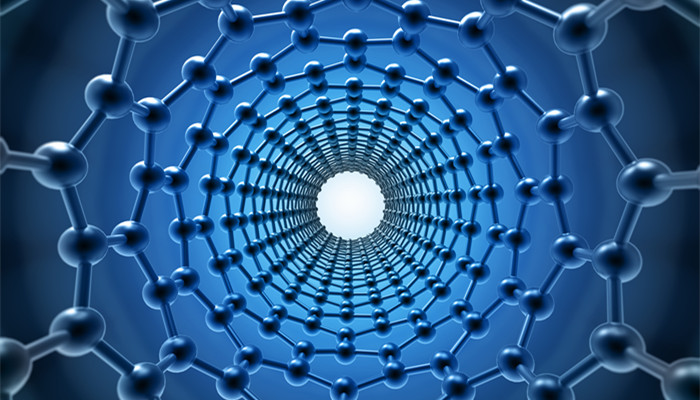
Lutetium silicate (LSO) is a common scintillator with great development potential in the PET/CT field.
Lutetium silicate (LSO), an inorganic scintillator, has the advantages of high luminous intensity, fast response speed, and short decay time. It can be widely used in high-energy physics, nuclear physics, nuclear medicine, safety inspection and other fields.
Detectors made of scintillator materials can detect α, β, γ, X-rays and neutrons, and are widely used in high-energy physics, nuclear physics, nuclear medicine, biochemistry, geological exploration, space exploration, safety inspection, etc. field. In the field of medical equipment, scintillator can be used in the manufacturing of CT, PET and other equipment. It is a key component of CT detectors and PET detectors, the core components of the equipment. Its function is to convert high-energy X-rays and high-energy Gamma rays are converted into low-energy visible light.
According to the “China Lutetium Silicate (LSO) Industry Market In-depth Research and Development Prospects Forecast Report 2023-2028” released by the Industrial Research CenterIt shows that lutetium silicate crystal is a common scintillator material and can be prepared by processes such as Czochralski method and hot isostatic pressing sintering method. Lutetium silicate can be used in the field of CT detector manufacturing due to its high luminous intensity and short decay time. At the same time, lutetium silicate supports time-of-flight technology, has good time resolution and energy resolution, and can be used in the field of PET detector manufacturing.
Lutetium silicate technology is still improving. The cerium-doped lutetium silicate (LSO: Ce) produced by doping lutetium silicate with the element cerium has the characteristics of high density, high atomic number, stable physical and chemical properties, high luminescence yield, fast response speed, short decay time, It has the advantages of strong radiation resistance, non-deliquescence, and high matching of the luminescence center wavelength with the photodiode. It is the most common lutetium silicate crystal. In addition, the element yttrium is added to lutetium silicate to produce lutetium yttrium silicate (LYSO). Its performance is close to that of lutetium silicate, but the crystal growth difficulty is lower, which is more conducive to large-scale application.
CT, electronic computed tomography, is the most common medical imaging equipment; PET, positron emission computed tomography, is an advanced nuclear medicine imaging equipment; PET/CT, which is manufactured by integrating PET technology and CT technology, is PET provides detailed information about lesions, while CT provides accurate positioning of lesions. It has the advantages of high sensitivity and high accuracy. It can obtain tomographic images of various parts of the body in one imaging, which has more development prospects in the field of disease diagnosis and treatment.
Industry analysts said that benefiting from the development of downstream industries, especially the accelerated development of the medical imaging equipment industry, the Chinese market has a strong demand for lutetium silicate. Demand continues to grow. Lutetium silicate crystal was first developed by the American CTI Company and has patent barriers. As the patent expires, the number of related production companies in my country is increasing. In my country, Boya New Materials is one of the major manufacturers of lutetium silicate crystals and yttrium lutetium silicate crystals for PET/CT. In addition, my country also has Tianle Xinda, Jingte Crystal, Shanghai Shuojie, etc. The company has the capacity to mass produce yttrium lutetium silicate crystals.

 微信扫一扫打赏
微信扫一扫打赏

